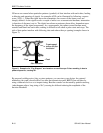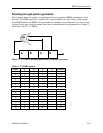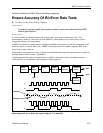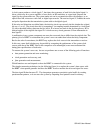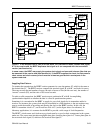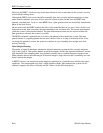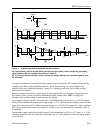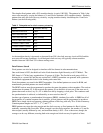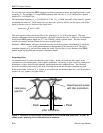
BERT Technical Articles
GB1400 User Manual B-21
Technical Article from 5/9/91 Electronic Design magazine
Ensure Accuracy Of Bit-Error Rate Tests
By Dan Wolaver and James Hanley, Tektronix
==========
To properly evaluate digital transmission systems, users must understand their BER
tester’s specifications.
==========
A critical element in a digital transmission system is how error-free its transmissions are. This
measurement is made by a bit-error-rate tester (BERT), which replaces one or more of the system’s
components during a test transmission.
A BERT must be able to mimic normal and stress conditions and must not be the first component to fail
when the system is stressed. Moreover, a BERT’s data pattern and clock quality typically differ from
those of the system under test.
Consequently, users must know how to obtain and understand these important specifications to ensure an
accurate picture of their system’s capabilities.
A digital transmission system (see figure below) includes a data source-such as computer memory, a
voice digitizer, or a multiplexer--that originates a digital signal, D.
Threshold
Sampling instant
C
D
F
G
H
Data
Source
Driver System
under test
Line
Receiver
Decision
circuit
Clock
Recovery
Clock
Source
Input
C D F H
G
Data
Clock
Figure 1. In a typical digital transmission system, the data signal, D is corrupted by noise and
pulse dispersion. As a result, the received signal, F, is distorted.






